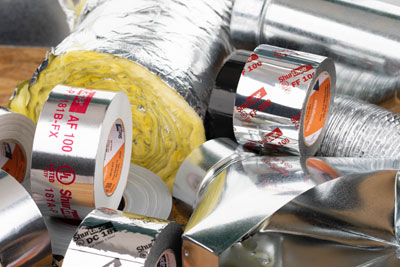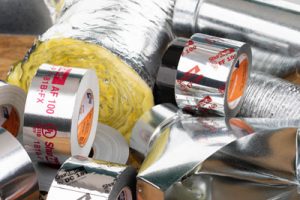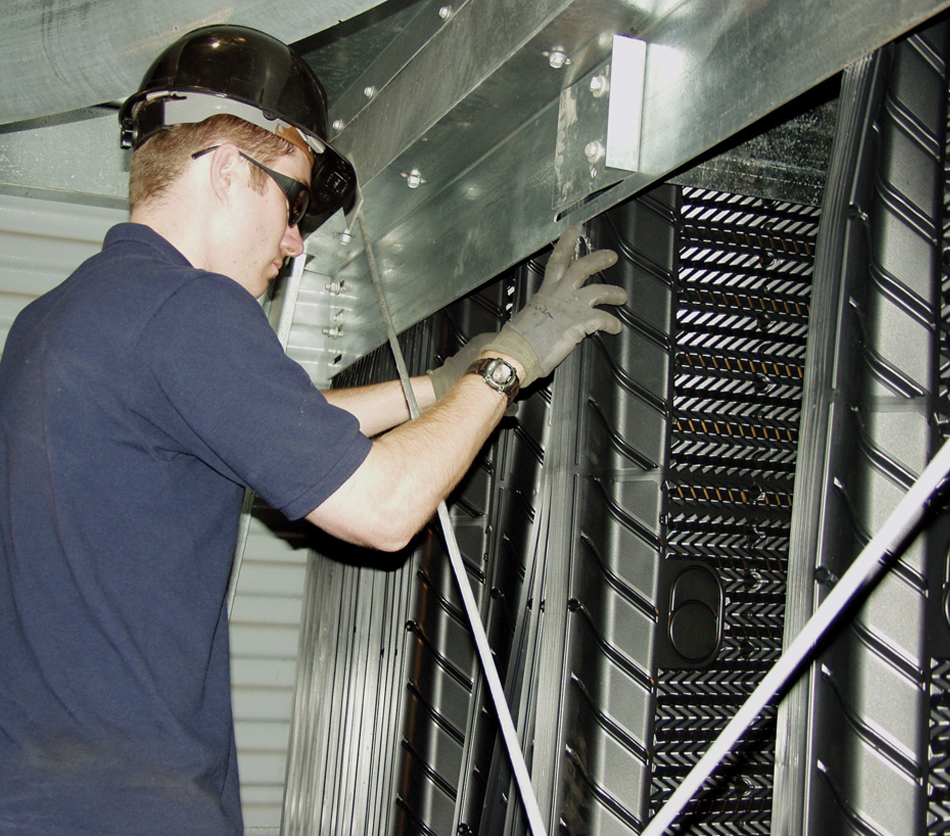
Products
HVAC Tape 101: See What’s Trending at Shurtape’s TapeUniversity.com
When it comes to HVAC tapes, there are about as many options to choose from as there are myths and misconceptions about which one is best, how to apply, and more. That’s why we’re on a mission to reveal the truth about these must-have tools.
At Shurtape, we know tape. And we are dedicated to providing you with the resources you need – from our comprehensive portfolio of HVAC tapes that are engineered to deliver full system closure to helpful and educational information to guide you through some of the most commonly asked questions about choosing and using tape – to get the job done right the first time. Below are just a few of the questions and answers you’ll find on our tape education website, TapeUniversity.com:

1. What is full system closure?
Full system closure means the HVAC system is sealed properly and without air leaks. This is the number one goal for HVAC installation and maintenance jobs. Air leaks can cause the HVAC system to lose its ability to efficiently heat and cool, increasing the risks for energy loss, higher utility bills and even system failure. Additionally, an unsealed system may allow moisture, dirt, dust, bacteria or insects in, negatively affecting indoor air quality.
2. How do I pick the best tape for the job?
There are several factors to consider when picking an HVAC tape, including:
- Application Surface: Whether aluminum ductwork, sheet metal, Class 1 flex duct, reflective insulation, and more, what you are sealing often dictates the type of tape needed for the job.
- Environmental Conditions: Temperature, humidity and cleanliness of the area can affect the adhesion performance of HVAC tape.
- Code Compliance: From UL 181A-P for rigid duct materials to UL 181B-FX for flexible duct materials, without the proper tape in place to meet specific building codes, the system may fail inspection. Compliance means the HVAC tape used has been rigorously tested to ensure it possesses the proper adhesion and exceptional shear strength needed to stay in place effectively for the life of the HVAC system.
3. What is the proper way to apply HVAC tape to achieve full system closure?
Understanding the proper way to apply HVAC tape can make the difference between failure and long-lasting performance:
- Step 1: Cut or tear the length of tape that you need, but make sure it’s short enough to easily handle. If sealing a longer length of material, apply straight from the roll, only unrolling a few inches at a time as you apply to make handling easier.
- Step 2: If the tape has a liner, remove the liner starting from the end of the tape roll you are using. This can be done quickly and easily if the tape has a split liner or can be done with a traditional liner by folding down a corner of the tape and peeling back the liner as you apply the tape.
- Step 3: Apply the tape, centered over the seam you are sealing, allowing it to stay unwrinkled over smooth surfaces and conform to uneven or textured surfaces, such as flex duct or reflective insulation. Continue to pull off the liner as you apply the tape.
- Step 4: Use a squeegee to firmly wipe down the tape. Because most HVAC tapes use a pressure-sensitive adhesive, they require some form of pressure to properly adhere. Thoroughly wiping down the tape allows for maximum surface contact for secure adhesion and a permanent bond. Don’t skip this important step!
4. What are the consequences of using the wrong HVAC tape?
Duct tape, foil tape, masking tape…not all tapes are created equal! Having the right tape for your HVAC job is crucial to ensure a successful and safe project. Below are some potential consequences of using the wrong tape for the job:
- The system becomes susceptible to air leaks and failure.
- The system fails the inspection.
- Indoor air quality becomes a concern due to contaminants.
- The system’s lifespan is shortened.
- High electric bills.
- Call-backs to fix issues.
- Damage to your reputation as a contractor.
- Loss of business and tax incentives.
Taking the time to do your research before choosing and using an HVAC tape will help save you time and money in the long run. Got a question about tape? See what’s trending and ask away at TapeUniversity.com.














